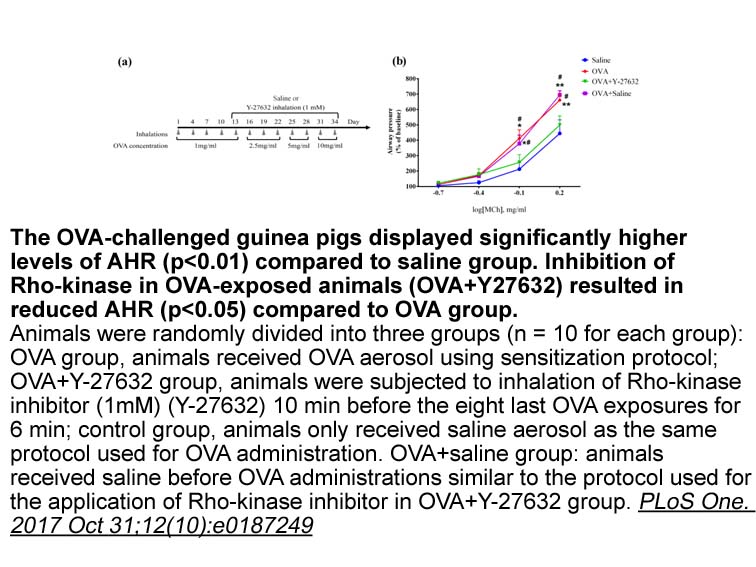Archives
A Belgian review on perioperative management of drugs recomm
A Belgian review [9] (2011) on perioperative management of drugs recommends not using ACEI/ARBs due to the same reason.
Another 2014 French [10] publication on the management of antihypertensive drugs in the perioperative period suggests withholding this medication before surgery even though they are aware of the limitations.
The French Society of Anesthesiology guidelines [11] recommend not to administer these drugs 12h before the surgical process, only taking them if the patient was suffering from heart failure.
The European Society of Anesthesiologist guidelines [14] (2014) suggest that ACE/ARBs should be withheld in hypertensive patients (level of evidence IIa) but they should be maintained under close vigilance in patients with heart failure and left heart disease (level of evidence IIa). The authors do not provide any reference to support this recommendation.
In the same year the American Society of Anesthesiologist [15] (ASA) guideline is published and they do not recommend withholding ACE/ARBs before surgery. They SBI-0206965 their determination on two works and Turan [35]. In the review published by Rosenman et al. [49] that concludes that the patients who have taken the drug prior to surgery have a relative risk of suffering from a hypotension (RR=1.50, CI 95% [1.15–1.96]). The heterogenicity of these publication is high (I2=59).
They also cite the study of Turan [35] carried out in 79,228 postsurgical patients under general anesthesia stratified retrospectively under categories according to their diagnose in two groups: treated or not treated with ACES. It was design to assess the difference in respiratory complications in both groups.
Conclusions
Acknowledgements
Angiotensin AT1 and MAS receptors have been described as the highest affinity binding sites for the main effector angiotensin peptides (Bosnyak et al., 2011, Prokop et al., 2013). AT1 receptors mediate Gq/11-protein-dependent contractile and redox-proinflammatory effects triggered by angiotensin II (Balakumar and Jagadeesh, 2014). In turn, MAS receptors mediate angiotensin-(1-7)-evoked relaxant, antioxidant and antiinflammatory actions (Fressato de Godoy et al., 2012). Such effects are induced in cardiovascular, renal, adrenal, hepatic, pancreatic and nervous tissues as well as in inflammatory and immunocompetent cells, where AT1 and MAS receptors are highly expressed in both normal and pathological conditions (Balakumar and Jagadeesh, 2014, Pernomian et al., 2014a).
The opposite effects induced by angiotensin II/AT1 and angiotensin-(1-7)/MAS represent an inward functional crosstalk from renin-angiotensin system (RAS) (Iwai and Horiuchi, 2009). The first evidence for the counterregulatory actions between angiotensin II and angiotensin-(1-7) was provided by Freeman et al. (1996), who showed that angiotensin-(1-7) inhibits the angiotensin II/AT1-induced proliferation of vascular smooth muscle cells (VSMC) by a non-AT1, non-AT2 receptor-mediated mechanism. Later, Sampaio et al. (2007) found that angiotensin-(1-7) inhibits the angiotensin II-induced assembly and activation of NAD(P)H oxidase in endothelial cells by a MAS-mediated mechanism that blunts the AT1-mediated phosphorylation of c-Src and extracellular signal-regulated kinase 1/2 (ERK1/2) and prevents the AT1-mediated dephosphorylation of Src homology 2-containing inositol phosphatase 2 (SHP-2). Recently, several findings show that the counterregulation played by angiotensin-(1-7)/MAS on angiotensin II/AT1-mediated effects also covers monocyte adhesion in endothelial cells (Hayashi et al., 2010), transforming growth factor β1 (TGFβ1), fibronectin and collagen IV synthesis in kidney mesangial cells (Xue et al., 2012) and peroxisome proliferator-activated receptor γ (PPARγ) downregulation in adipocytes (Than et al., 2013).
Beyond the functional crosstalk between angiotensin-(1-7) and angiotensin II, other mechanisms have been assigned to explain the counterregulatory actions played by MAS and AT1 receptors. A few studies suggest that angiotensin-(1-7) acts as a competitive AT1 antagonist (for review, see: Santos et al., 2013) since the heptapeptide competes for and binds to AT1 receptors (Rowe et al., 1995, Oudot et al., 2005) with high affinity (Gironacci et al., 1999). A strong support for such hypothesis is that angiotensin-(1-7) inhibits angiotensin II/AT1-mediated increase in intracellular calcium levels ([Ca2+]i) without affecting basal [Ca2+]i (Chansel et al., 2001). In addition to AT1 binding assumed for angiotensin-(1-7), antagonist properties on AT1 cell signaling have been proposed to AT1/MAS heterodimers (Lyngsø et al., 2009). Such evidence was presented by Kostenis et al. (2005), who observed that the coexpression of AT1 and MAS receptors in mammalian cells leads to the formation of an AT1/MAS hetero-oligomeric complex whose constitutive activity impairs angiotensin II/AT1 signaling independently on AT1 or MAS ligands. The physical interaction between these receptors constitutively increases angiotensin II binding by enhancing AT1 cell-surface expression after changing AT1 trafficking (Kostenis et al., 2005). According to Canals et al. (2006), MAS receptors trigger such mechanism by constitutively activating Gq/11-protein and protein kinase C (PKC)-mediated phosphorylation of AT1 receptors. Despite enhancing AT1 cell-surface expression, the conformational arrangement assumed by the constitutive AT1/MAS heterodimer limits AT1 cell signaling by reducing angiotensin II-induced inositol phosphate generation and calcium mobilization, which makes MAS receptors a physiological antagonist of AT1 receptors (Kostenis et al., 2005). Indeed, the uncoupling of AT1/G-protein signaling by the constitutive activity of MAS receptors from AT1/MAS heterodimers in mammalian cells  has been confirmed (Santos et al., 2007).
has been confirmed (Santos et al., 2007).